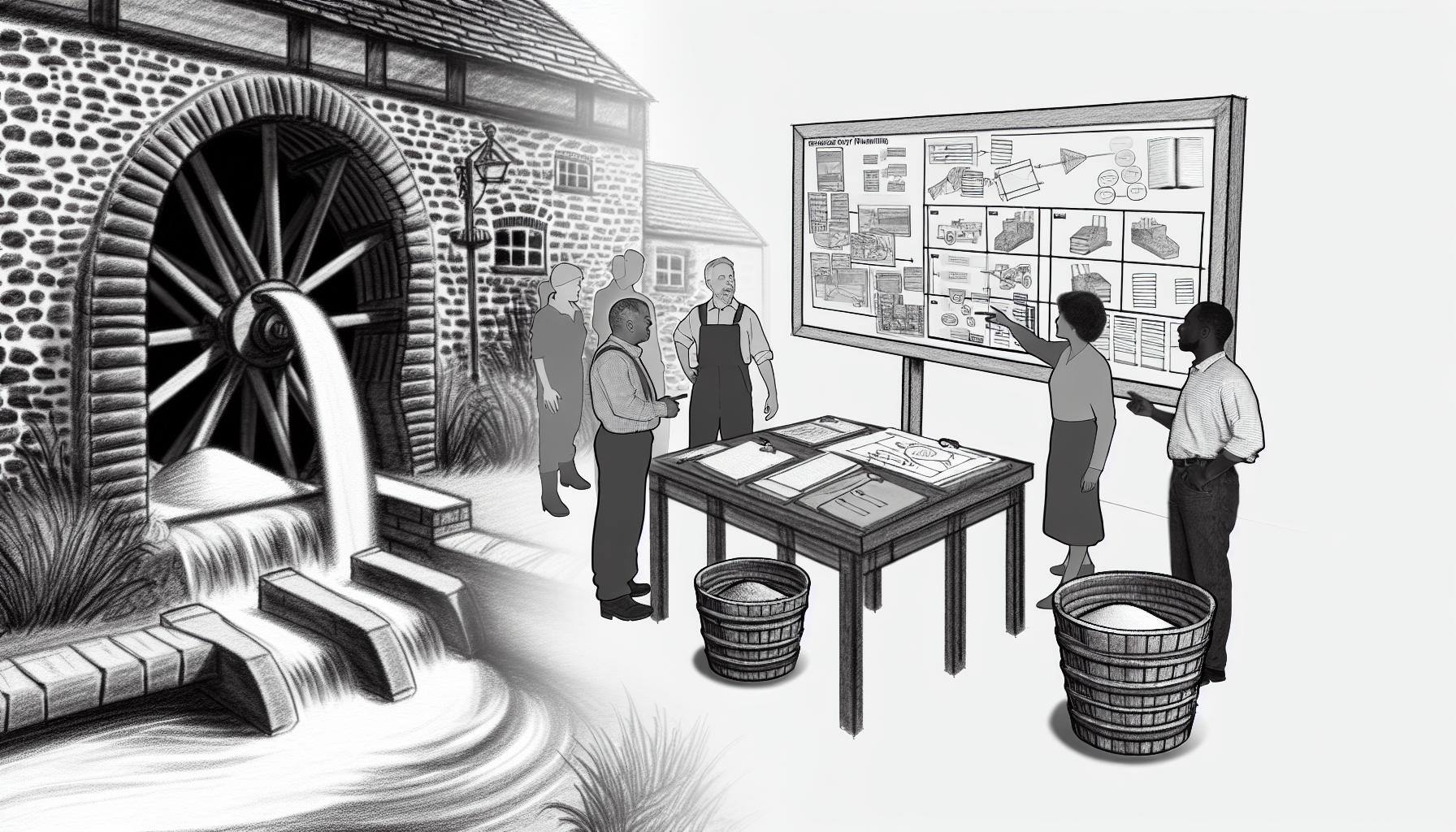Project Overview
This project aimed to develop a comprehensive Business Continuity Plan (BCP) and IT Disaster Recovery Plan for a large flour mill. The goal was to ensure the mill could continue its operations and recover quickly in the event of a major incident.
Approach
The project was carried out in several stages:
-
Value Stream Analysis: We defined what an unacceptable level of impact means to the client in terms of financial, reputational, and production levels. We analysed the critical stakeholders and their dependencies on the business, understanding their sensitivity to loss. This helped define priorities and timeframes for the recovery of each product-line/value-stream.
-
Impact Analysis: We mapped the critical processes delivering each product-line/value-stream and the resources required for each (staff, systems, materials, equipment, infrastructure, suppliers). Each component inherits a timeframe for which they must be recovered in order to avoid an unacceptable impact.
-
Risk Assessment: We identified the risks that threaten the required recovery timeframes identified above. For each risk, we identified the effect of each, enabling us to develop continuity scenarios to plan for.
-
Recovery Strategies: We developed and formalised the strategy for recovering product-lines/value-streams from each continuity scenario identified, in the timeframes required.
-
BC Plan Development: We developed a role structure and processes for delivering incident response, crisis response, and recovery.
-
IT Plan Development: We developed a role structure and processes for delivering IT response and recovery. This was integrated with the BCP process.
-
Improvements: We identified key improvements to be implemented to improve resilience and recovery capability.
Scenarios Addressed
The plan addresses several continuity scenarios, including:
- Loss of each site
- Loss of critical supply
- Cyber breach
- Product recall
- Loss of critical IT systems
Outcomes and Benefits
The project resulted in several key outcomes and benefits:
- The client now has a structure to effectively deal with a major incident (Incident, Crisis, Recovery, IT).
- The client better understands their continuity risks and appreciates the work required to mitigate them. There is a better understanding of where the key single points of failure are, and what must be done to address them.
- Many of the required recovery strategies were already informally known or assumed. The project helped the team to formalise and critique them, ensuring no assumptions or omissions are made in the process. This ultimately enables a faster, more efficient crisis response, whilst ensuring the response can be delivered by deputies if required.
- The client now has a better understanding of the importance of the IT infrastructure and the improvements that would significantly reduce continuity risk following IT outage.
- The client is keen to now exercise their plan to ensure it is embedded in the business.
Client Feedback
The client was very engaged throughout the process, and it was a pleasure to work with them. They said,
“The approach was fresh, professional, and understanding of our business. This will work very well for us and the new approach to Business Continuity has been embraced.”
Conclusion
This project has provided the flour mill with a robust and comprehensive plan to ensure business continuity and IT disaster recovery. The client now has a clear understanding of their risks and the necessary steps to mitigate them. The project has also highlighted areas for further improvement and has set the stage for ongoing work to enhance the mill’s resilience and recovery capabilities.
